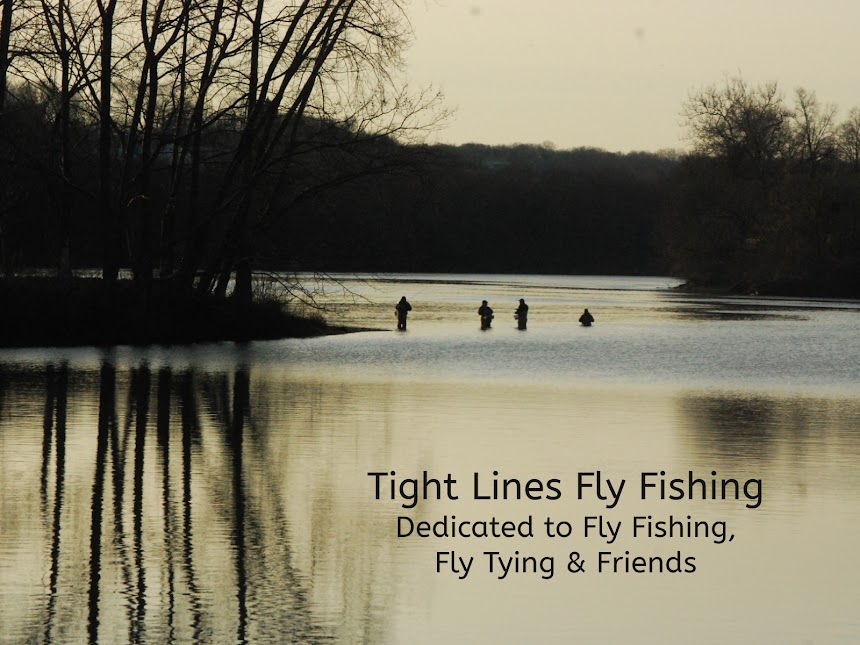Birds Nest
Hook: Diiachi 1710 in sizes #12 to 16 (or hook of
choice).
Thread: Tan 6/0 or 8/0.
Weight (optional): 5-6 lead wraps starting 1/3
hook shank length from eye.
Tail: Mallard or wood duck fibers, bronze in color
(or to match natural).
Rib: Copper wire.
Abdomen: Grey/tan Australian possum dubbing or buggy
nymph dubbing of choice.
Hackle: Mallard or wood duck fibers
Thorax: Same as the Abdomen but dubbed buggy with a
dubbing loop
You want to catch fish? USE THIS FLY! Many have said that this fly is not really a nymph, nor is it a winged wet fly. It's more of a hybrid that really catches fish. I've fished it as a nymph, but have had far more productive days fishing it as a wet fly beneath the surface film. The birds nest is a fly pattern created in 1959 by a gentleman by the name of Cal Bird. He fished it on the Truckee River in California. There are only a few materials to this pattern and it's a very easy tie. There are other versions of this fly, like the Depth Charge Bird's Nest, but it's more like a traditional bead head nymph. This hybrid version is what I love to fish.
When tying this fly you have the option of tying it with or without lead weight. For larger sizes I usually put a few wraps of lead at the center of the hook shank. Smaller sizes I tie without the lead. By the way it's a great pattern to tie in smaller sizes. What's great about this fly is you can adapt the size and colors to mimic any bug hatch. If you use lead, cover it with thread wraps, if not, begin your thread approximately 2/3rds up the hook shank. Tie in your mallard or wood duck fibers. Tie in your copper wire rib. Next, dub a slightly tapered body from the tail to where you initially started your thread (2/3reds up the hook shank). Rib the abdomen with your copper wire. Tie the wire down and clip off the tag end. Next affix your wood duck or mallard fibers as "hackle" for this fly. They should extend to the bend of the hook. When mounting them square off the tips. One method to do this is o strip them from the feather and align them. Next, mount them on the hook. You want to use some loose wraps at first. Rotate the fibers around the hook shank as you tighten up your thread. Next you're going to dub your thorax. You want it to look very buggy. To accomplish this I use a dubbing loop for larger flies. For smaller flies I create a loop by splitting my tying thread off the hook shank. I place the dubbing material in the loop, spin it and dub the thorax. Create a small thread head. Tie it off and apply some head cememt.
Hans Weilenmannhas has
a great instructional video on how to tie this pattern below:
If you have any questions
about this fly or would like to submit a pattern of the month I can be reached
at pdinice@frontier.com
.



This comment has been removed by the author.
ReplyDeleteToo many words mis-spelled due to my excitement after seeing this pattern. I tied one of these two years ago. I drove to the Farmington River shortly after the C&R was stocked. I had an intermediate line rigged so I did not change to a floater. I just added the Birdsnest. First cast...16 inch brown before it sank. Honey hole! This fly hooked 25 trout before it got too beat up to fish any longer and was all chewed up! Talk about confidence flies!
ReplyDelete